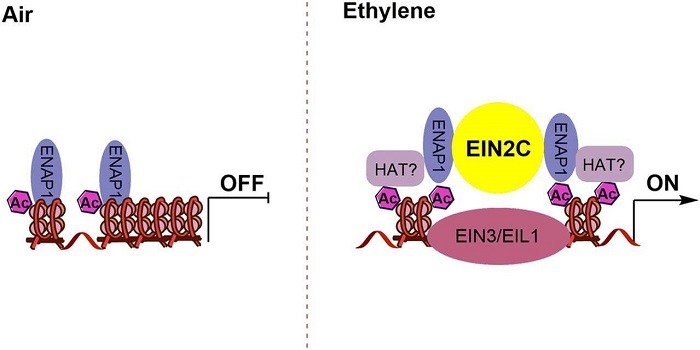
EIN2 mediates direct regulation of histone acetylation in the ethylene response
Perception of the phytohormone ethylene results in the cleavage of EIN2 and translocation to the nucleus of its C-terminal end, EIN2-C. Zhang et al. showed that EIN2-C is essential for chromatin modification that allows EIN3, the main ethylene signaling transcription factor, to transcriptionally regulate…
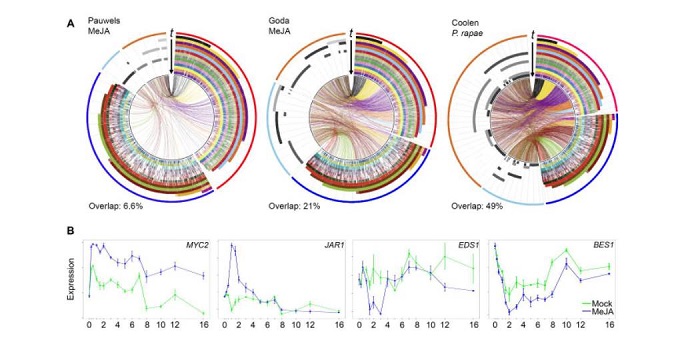
Architecture and dynamics of the jasmonic acid gene regulatory network
Jasmonic acid (JA) and its derivatives including methyl jasmonate (MeJA) mediate diverse responses to wounding and herbivory and also help to control the growth-defense trade off. JA’s core signaling components have mainly been identified through genetics approaches in Arabidopsis, but gaps remain…
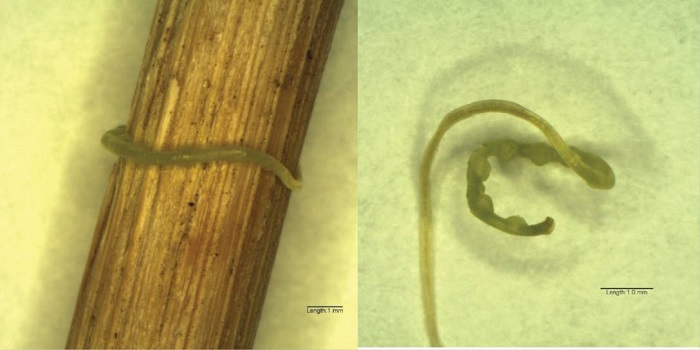
MicroRNAs from the parasitic plant Cuscuta campestris target host messenger RNAs
There’s only one thing worse than having a parasite suck the life juices out of you, and that’s having a parasite suck the life juices out of you while simultaneously injecting you with miRNAs to increase your vulnerability. Shahid et al. looked at microRNAs isolated from dodder (Cuscuta campestris),…
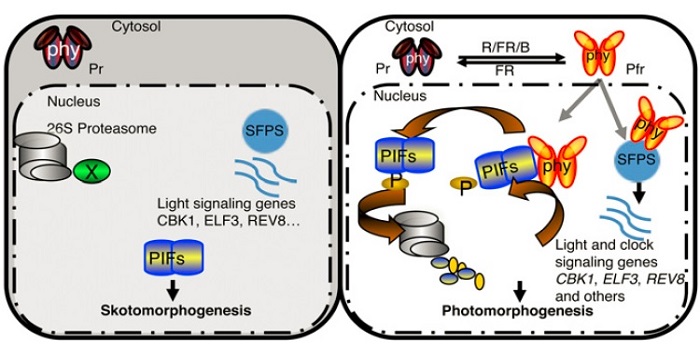
SPF45-related splicing factor for phytochrome signaling promotes photomorphogenesis by regulating pre-mRNA splicing in Arabidopsis ($)
Light is one of the environmental conditions which regulates plants’ development, but knowledge of how light-induced transcript accumulation occurs via transcriptional versus post-transcriptional mechanisms is limited. Xin et al. report Splicing Factor for Phytochrome Signaling (SFPS) as an interacting…
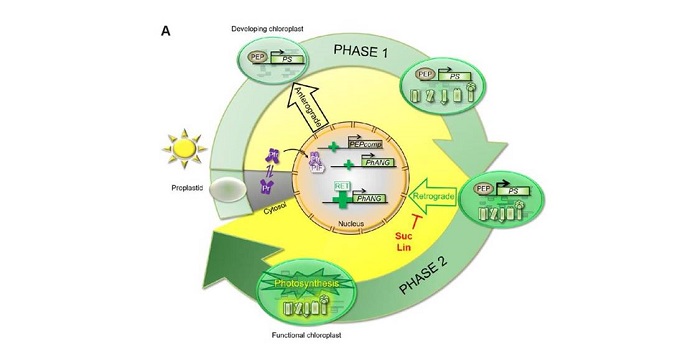
Establishment of photosynthesis is controlled by two distinct regulatory phases ($)
Chloroplast biogenesis and leaf development are closely linked processes that have been difficult to tease apart, until recently. Dubreuil et al. used a pluripotent inducible cell line from Arabidopsis, basically plant stem cells, which develop chloroplasts on demand when exposed to light. Using this…
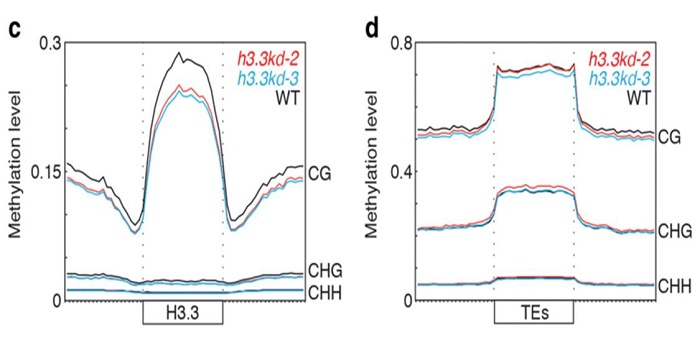
The histone H3 variant H3.3 regulates gene body DNA methylation in Arabidopsis thaliana
The histone H3 variant H3.3 is distinguished by its expression throughout the cell cycle, while H3.1 is expressed predominantly during DNA replication. Genome-wide ChIP studies in plants have shown that H3.3 is associated with actively transcribed genes, and enriched near the transcriptional end sites.…

So Much Data, So Little Time: ePlant Steps into the Breach for Plant Researchers
0 Comments
/
The ever-increasing amount of data available to researchers has come with similarly increasing cognitive loads in efforts to use these data. Even when data sets are stored in well-curated databases, it can be time-consuming to master the specific tools harbored at each site and cumbersome to move between…
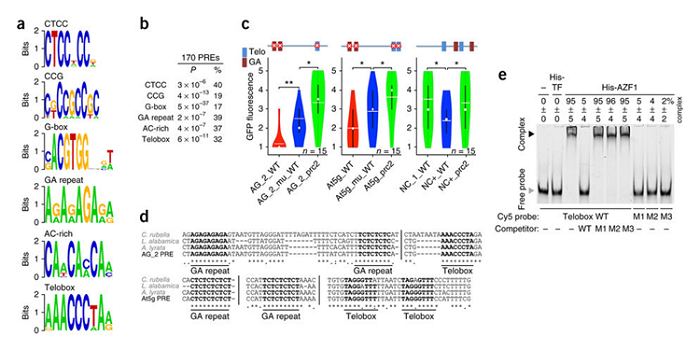
Cis and trans determinants of epigenetic silencing by Polycomb repressive complex 2 ($)
Polycomb repressive complex 2 (PRC2) stably regulates gene expression by initiating repressive histone methylation (specifically, trimethylation of histone H3 at Lys27, H3K27me3). Xiao et al. investigated how PRC2 targets the genes it silences. They identified several Polycomb response elements (PREs)…
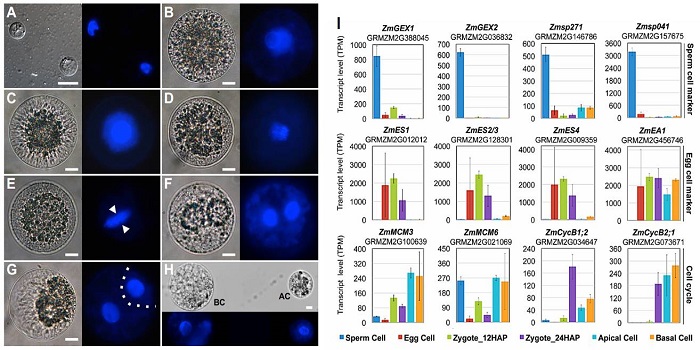
Zygotic genome activation occurs shortly after fertilization in maize
A plant’s life begins with the fusion of haploid egg and sperm cells to produce a diploid zygote. Many of the processes that control early development are under the control of the maternal genome, but at some point there is a shift towards zygotic control. Chen et al. investigated when this shift occurs…

